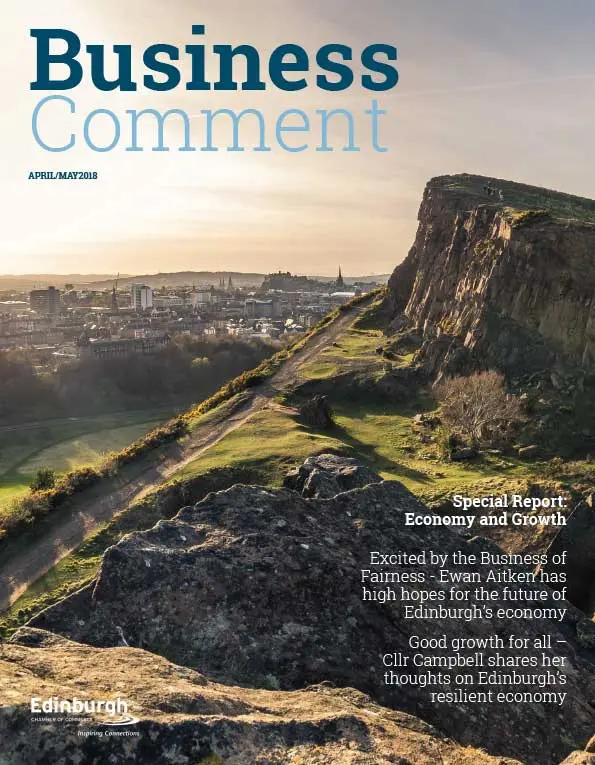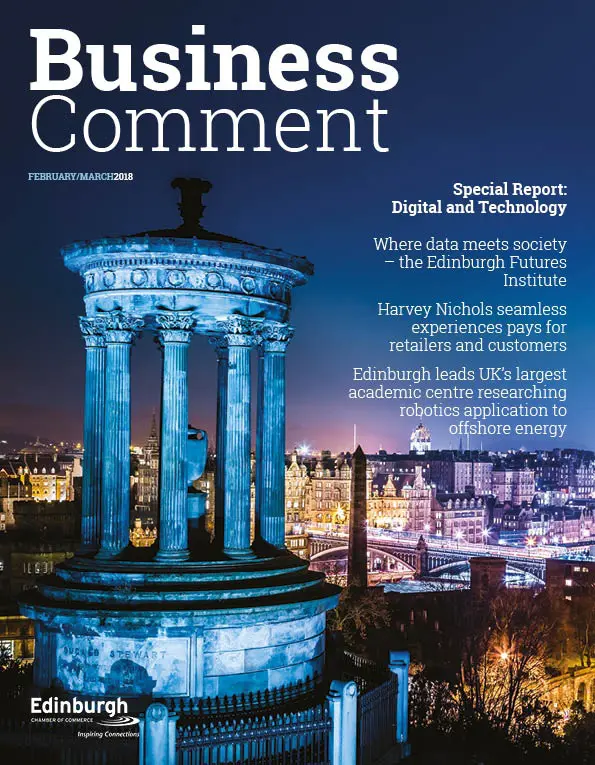Extinct Great Auk helps scientists with seabirds’ daily calorie calculations
The Great Auk, a flightless seabird found in the North Atlantic, was hunted to extinction in 1884.
But now the bird is helping scientists calculate how many calories each species of seabird needs at different times of year.
It comes as half of UK seabirds are in decline, and much of their wintertime activity remains a mystery.
Daily calorie intake guidelines
Dr Ruth Dunn is a seabird ecologist at Lyell Centre, an earth and marine sciences centre based at Heriot-Watt University in Edinburgh.
She has developed a new framework that scientists can use to work out how much energy a given seabird needs at any time of year, whether penguins, gulls, ducks or guillemots.
Dr Dunn said: “Just as the average human needs around 2000 calories a day to function, seabirds also have an optimum calorie consumption.
“The lives of seabirds during winter are a bit of a mystery, as they’re out of sight for months at a time. But we know that during this time North Atlantic species often dive more, they’re colder and they’re facing increasingly stormy weather – those all require more calories.”
Dunn’s method of calculating any seabird’s intake relies on various factors. Bigger birds need more energy, but lifestyle factors also have an impact.
“We split seabirds into nine lifestyle categories based on their behaviours and what we call ‘ecological guilds’. Do they migrate over long distances, or stick close to the coast? Do they flap or glide while flying? Do they propel themselves underwater with their feet or wings?
“Our framework is a series of equations based on all these physical and behavioural factors.”
Bringing an extinct seabird back to life
Dunn and her colleagues tested the framework on the Great Auk precisely because it’s extinct: all that remains are a few records and some museum specimens.
Dunn said: “Using the Great Auk demonstrates the ability of our framework to give insights about even the most data-deficient species.
“We did know enough to get started.
“They had small wings, so we don’t think that they flew but they were very efficient divers. They’re also similar to razorbills and guillemots, so we made some inferences based on that.
“We imagined three possible migration scenarios for the Great Auk. The first is that it lived in one place, say Iceland, fished there and stayed put throughout the year – similar to guillemots in Scotland.
“Or it could have been more like a sub-Antarctic gentoo penguin, foraging during the day and returning to the land at night.
“The third scenario is based on the fact that Great Auk bones have been found in Morocco – it may have swum all the way there from Iceland to spend the whole summer in warmer waters.
“We found that its daily intake would have been between 2485 and 1700 calories, depending on its migration activity. That’s equivalent to 49 and 36 sandeels, a major food source for seabirds.
“It might seem strange to test our framework on an extinct seabird, but it demonstrated its capabilities. Hopefully, this will capture the imagination of other seabird researchers and push them towards more breakthroughs.”
Vital marine predators
Dr Dunn said: “Seabirds are critical marine predators. They consume millions of fish to fulfil their energy requirements.
“Understanding their dietary requirements will help us understand their effect on the marine environment.
“That’s especially important when so many of them are in decline, and the seas and planet are undergoing huge changes.
The research is reported in the Journal of Experimental Biology: https://journals.biologists.com/jeb/article/doi/10.1242/jeb.246754/335487/A-framework-to-unlock-marine-bird-energetics






